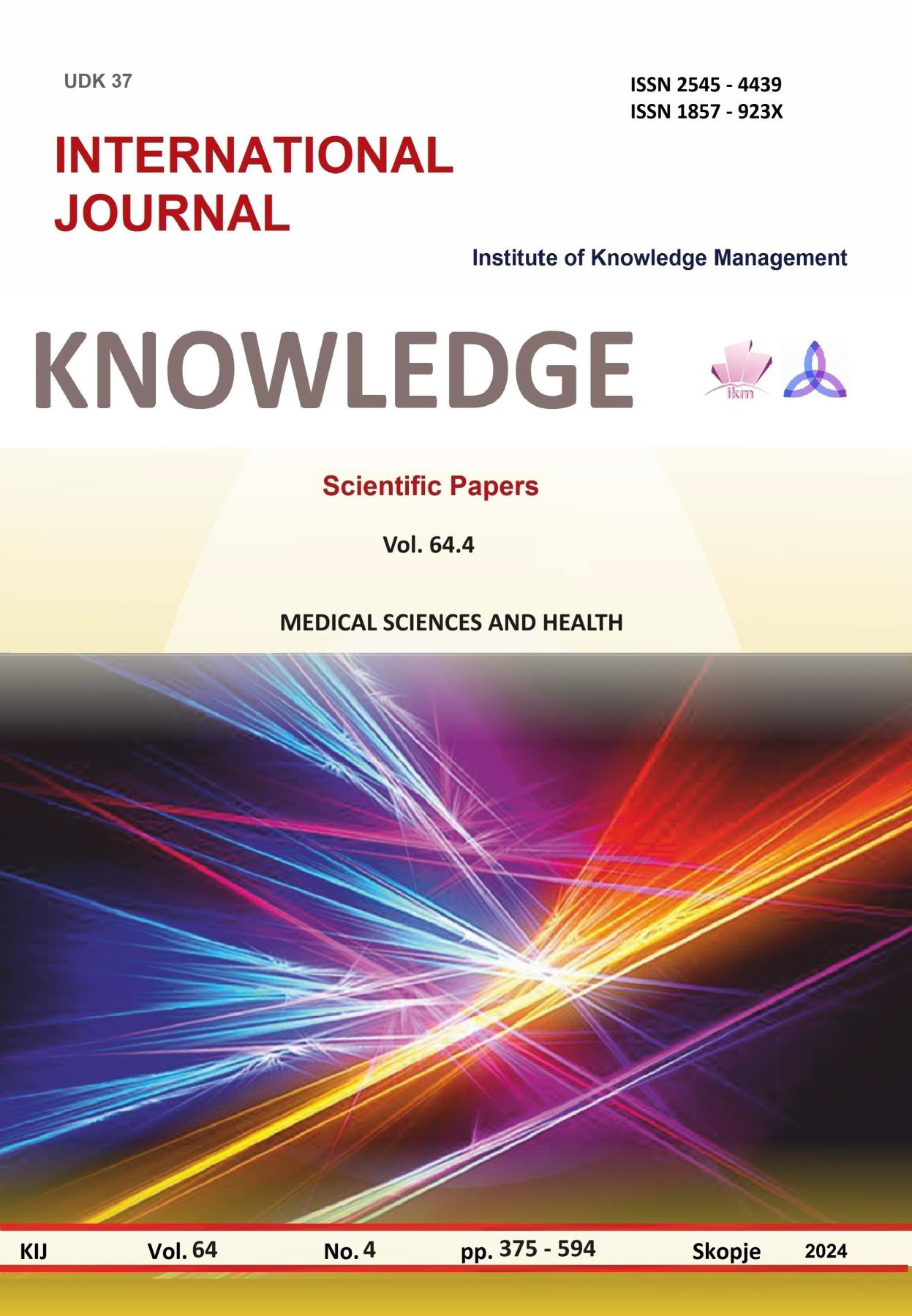SUICIDE INCIDENTS (BEHAVIOR) MENTAL HEALTH INDICATOR AND ITS PREVENTION IN SILISTRA DISTRICT FOR 2017-2023
SUICIDE INCIDENTS (BEHAVIOR) MENTAL HEALTH INDICATOR AND ITS PREVENTION IN SILISTRA DISTRICT FOR 2017-2023
Author(s): Nikolina Voynova, Nikolina ValkanovaSubject(s): Psychology
Published by: Scientific Institute of Management and Knowledge
Keywords: motives;psychotherapy;suicidal risk;Suicide;behavior;outcome
Summary/Abstract: Good mental health is a state of well-being in which people can cope with their work, stress, realize their abilities and contribute benefit both to individuals and to society. Suicidal behavior is one of the parameters by which the mental health and social well-being of society is evaluated. We set ourselves the goal of studying the role of mental health in suicidal incidents and the contribution of preventive measures in the Silistra region for 2014-2023 Tasks: To study the dynamics of suicidal behavior, demographic characteristics, factors, risks (psychosocial, subjective, objective) that lead to anxiety and depression for (2017-2023). We used data from registration, reports, analyzes of the Regional Health Inspection (RHI). Silistra, informational materials from the Ministry of Health (MoH), the National Center for Public Health and Analysis, (NCPHA). Data from the "Card for registration of a suicidal act", filled out at the scene of the accident by teams of the Emergency Medical Assistance Center (EMC)-Silistra and in the medical facilities in the Silistra region. We used a documentary method, statistical processing, level of significance (p<0.05 ), graphical presentation. Results: The ten-year study period covers the most pressing issues of suicidal behavior of the population in the Silistra region in different contexts throughout the life span, benefiting both individuals and society. The total number of suicidal acts in 2014-2023 in the Silistra region is 501 with a permanent trend of increased suicide risk in women 60%, men 39.92%, The most vulnerable groups are people over 18 years old - 85.06%, people with insecure employment, especially exposed to the risk of negative stress. Persons under 18 are 14%. The degree of urbanization - a populated place is not a determining factor for taking suicidal actions. The share of the inhabitants of the villages is higher, 57.66%, compared to the cities, 42.31%. We consider the motives in three groups - conflicts, diseases - somatic and mental and social. Self-poisonings are leading – with drugs 50.29%, chemicals 14.52%, cold weapons 8.78%, being thrown from a height -5.98% or a vehicle - 0.5%, burning - 0.38% and electric current 0.19% less often. The exit from the suicide attempt was successful 20.4. %, with the remaining survivors being uninjured 66.5%, remaining alive with bodily injuries 1.31%. Conclusions: The suicidal behavior of one of the parameters that is used to assess the mental health and social well-being of the society in the Silistra region for the 10-year period 2014-2023 has been studied. We establish a lasting trend of a two-fold higher suicide risk in women, with a preponderance of the inhabitants of the villages. Leading motives for this behavior are - psychotic factor or mental disorder - 24.87%, conflicts with spouse also 24.57%, followed by conflict with parents - 24.57%, severe somatic illness - 7.05% Most the frequent method of suicide attempt among persons in Silistra region for all years is drug poisoning 50.29%, followed by hanging 16.86%, poisoning with chemicals 14.52 According to the results obtained, the risk profile of the person with suicidal tendencies includes female sex, over 18 years of age, persons with family problems/conflicts and persons with psychological disorders.
Journal: Knowledge - International Journal
- Issue Year: 64/2024
- Issue No: 4
- Page Range: 517-522
- Page Count: 6
- Language: English

